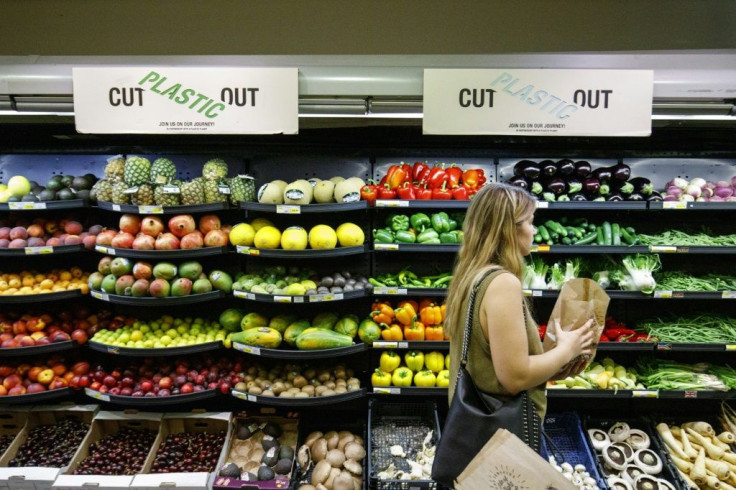How Much Food Is Thrown Out Each Year? It’s More Than You Think
The amount of food wasted annually is enough to fill 23 million fully loaded 40-tonne trucks bumper-to-bumper, according to a new report from the United Nations Environment Programme (UNEP), an organization dedicated to the environment.
The Food Waste Index Report 2021 said that an estimated 931 million tonnes of food is simply thrown away each year, which accounts for 17% of the total food that is available to consumers. This includes waste from households, retailers, restaurants, and other food services, the report indicated.
Even more so, this food waste would circle the earth seven times over, with the most amount of wasted food coming from households at 11%, UNEP’s report said. Food service and retail outlets account for 5% and 2% of food waste, respectively, each year.
Globally per capita-level, the numbers don’t fare any better. The report said that 267 pounds of food is wasted each year per capita, with 163 pounds coming from consumers.
The UNEP looks to reduce food waste by halving this astonishing number by 2030, as it focuses on reducing the impact on the environment, society, and the economy.
UNEP, and partner sustainability organization WRAP, suggest that food waste is associated with 8% to 10% of the global greenhouse gas emissions.
“Reducing food waste would cut greenhouse gas emissions, slow the destruction of nature through land conversion and pollution, enhance the availability of food and thus reduce hunger and save money at a time of global recession,” Inger Andersen, executive director of UNEP, said in a statement.
“If we want to get serious about tackling climate change, nature and biodiversity loss, and pollution and waste, businesses, governments and citizens around the world have to do their part to reduce food waste,” she added.
Compounding the matter is the 690 million people that were affected by hunger in 2019, a number that UNEP said is expected to increase significantly during the COVID pandemic. It also mentions 3 billion people that cannot afford healthy food, saying that food waste can be a major impacting factor.
“For a long time, it was assumed that food waste in the home was a significant problem only in developed countries,” said Marcus Gover, CEO of WRAP. “With the publication of the Food Waste Index report, we see that things are not so clear cut.”
UNEP and WRAP have concerns over meeting their food reduction goal by 2030.
“With only nine years to go, we will not achieve SDG 12 Target 3 if we do not significantly increase investment in tackling food waste in the home globally. This must be a priority for governments, international organizations, businesses and philanthropic foundations," Grover said.
To help, UNEP said it will help countries measure food waste through regional working groups for the next round of the SDG-12.3 reporting in late 2022. Additional awareness is provided this week during the U.K.’s first national Food Waste Action Week designated by WRAP.
WRAP suggests combating food waste by portioning and making shopping lists to avoid over-preparing and buying, as well as turning down the dial five degrees on the refrigerator to maximize its performance and energy use. The organization also said that eating every edible part of food can cut waste, and making leftovers for an easy free-lunch can help contribute to a reduction in the amount of food thrown away each year.

© Copyright IBTimes 2024. All rights reserved.





















